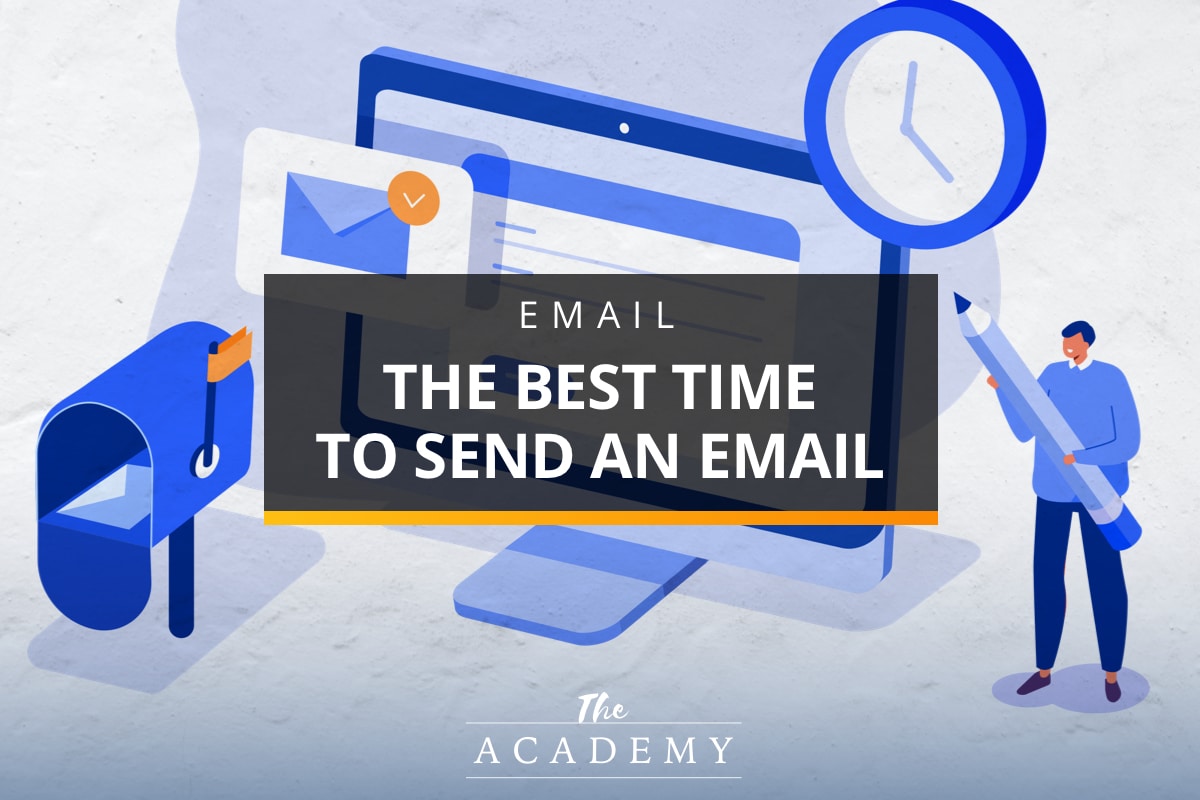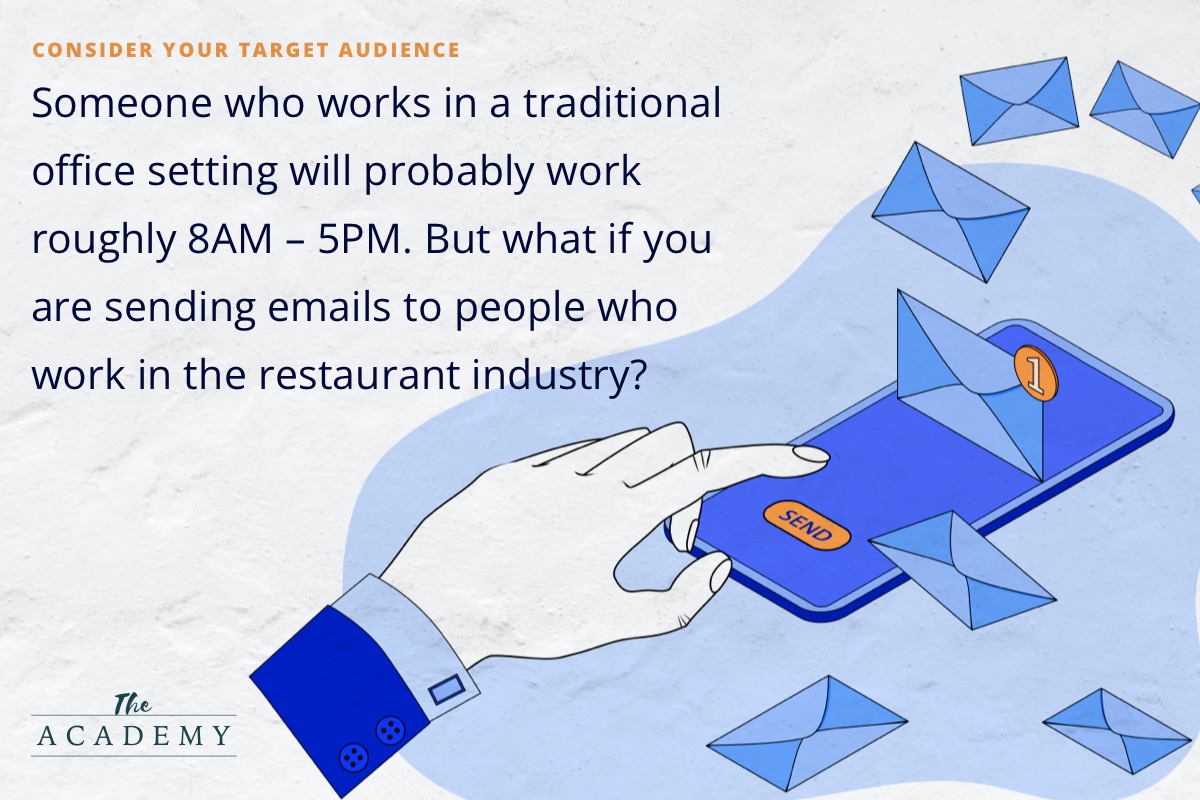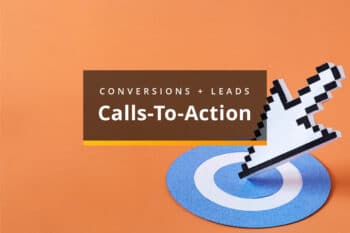
The power of email marketing is no secret. Sending marketing messages directly to the inboxes of people who have previously confirmed that they are interested in your products or services is a massive opportunity that should not be missed.
Given the potential power of email marketing, it’s worthwhile to nail down even the smallest details in your email campaigns. Even if something is only going to boost your open rates by a few percentage points, that jump could lead to many more conversions and it could cause the campaign to be profitable in the end.
With this concept in mind, let’s discuss the matter of email timing. When should your messages go out? Plenty of research has been done on this topic, and the results might surprise you. Let’s dive in!
A Simple Starting Point
If you want to keep things simple and you want an easy way to remember when you should be sending out most of your emails, here it is in a single sentence:
Send your emails out early in the day and early in the week.
That’s it. Of course, we are going to go into much greater detail below, but this one-sentence answer really will get you going in the right direction. If you make a habit of sending out your promotional emails in the early parts of the day, and in the early days of the week, you should be in pretty good shape.
When you think about it for a moment, this makes a lot of sense. By sending messages early in the day, you get them to your target audience before they have been inundated by too many other messages or worn down by the work of the day. They’ll still be fresh enough to engage with your message, and even if they don’t have time to act right away, they may decide to save it for review later.
If you are looking for the best window to send out emails, try between 9AM and 12PM on Monday or Tuesday morning. This is the most popular time slot for email campaigns, and if you pay attention to your own inbox, you’ll probably notice that quite a few messages come in from various companies during those times. Wednesday can also be effective, and don’t worry if the message doesn’t quite get out by noon; research shows that sending them slightly later in the day can work just fine.
So when should you avoid sending emails? It’s no surprise that sending emails late at night and on the weekends. The thinking here is simple. If you send a marketing email late at night, it’s likely that it won’t be seen until the next morning. By then, it may be buried down the list of other emails that have come in more recently, so it might be overlooked. And, if you were to send it on a Saturday to an account that is only used for work, it might not be checked until Monday. When in doubt, go with the framework of sending morning messages on Mondays or Tuesdays and you’ll be off to a good start.
Considering Your Target Audience
It’s important to remember that every email campaign is unique. While sending messages early in the day and early in the week is a good starting point, that might not work best for marketers in every industry. Think about those who will be receiving your emails and consider how they might be different from a more general audience. Will they be receptive to emails early in the day and week, or would a different timing be better?
If you are sending standard B2B emails – in other words, marketing messages that will be received by people mostly on their work email accounts – it makes sense to stick with the morning timing early in the workweek. However, if you are targeting consumers and have a list of emails that are mostly personal, you might be able to shift to a later time slot. Also, you might want to experiment with a weekend message occasionally to see how it does. Personal accounts are going to get more attention on the weekend for most people, so you might be able to change things up and go against the grain to find good results.

One other thing to think about is the typical timing of a day in the life of your ideal customer. Someone who works in a traditional office setting will probably work roughly 8AM – 5PM, give or take. But what if you are sending emails to people who work in the restaurant industry? In that case, they will likely work later hours, not coming in until the middle of the day and then working late into the evening. That’s an industry that has different timing from a standard office, so you might want to adjust your email timing to better line up with the hours that your targeted individuals will be on the job.
Experimentation is Critical
No matter what it is you are trying to improve with your email marketing, testing is going to be critical. You shouldn’t make any firm decisions about how your email campaigns will work until you have tested a variety of options. With regard to timing, you can come up with theories about your market and when they’ll be most responsive, but those are nothing more than theories until you actually put them to the test and come up with data to back up (or contradict) your expectations.
The only way to experiment with email timing is simply to pick different times and try them out for a while to see how it goes. If you have a big enough list, you might want to consider randomly dividing up that list into equal sections so you can send the same message out to different groups at different times. This isn’t traditional segmentation because you aren’t dividing the list up based on characteristics – the idea is to have the groups be as similar as possible so the only variable you are testing is the timing of the message.
Let’s say you have an email list of 2,000 people. You could divide up that list into four equal groups of 500 people each, doing your best to make sure those groups are similar demographically. Then, once you have your email ready to go, it gets sent out as follows:
- Group #1 gets the email at 9AM on Monday morning
- Group #2 gets the email at 1PM on Monday afternoon
- Group #3 gets the email at 9AM on Wednesday morning
- Group #4 gets the email at 5PM on Friday night
Of course, you would be free to pick the four times that you want to test as you see fit, but you get the idea. A few days after the email goes out, you can check your statistics to see how stats like open rate and click-through rate fared between the groups. Was there an obvious winner? There is bound to be some statistical “noise” with this kind of testing, so you should only take the results as meaningful if one or two groups stand out dramatically from the rest as being the best performers.
Other Important Email Marketing Variables
Consider the following factors when working on email marketing campaigns:
- Subject lines. It’s likely that you’ll spend quite a bit of time and effort on the process of getting your subject lines just right. It can be a lot of work to come up with many different lines to test, but this variable is one of the most important in the email marketing world. A good subject line will grab the attention of the reader and entice them to click – but you don’t want to cross the “click bait” line and make an offer or promise in the subject that you don’t back up in the email itself. Be honest and genuine with your subject lines, but give them enough excitement to keep your open rates as high as possible.
- Segmentation. You might find that you are able to extract more value out of your email list if you carefully segment it into groups that can be targeted with relevant messages and offers. By emailing your entire list at the same time, every time, it will be hard to create messages that will appeal to such a broad group. Simple segmenting is possible with virtually every email marketing system, and it can go a long way toward boosting your results.
- Message length. This is a tricky one. You want to send messages that have enough content to make them worth opening and reading, yet sending a big wall of text to your email list is unlikely to be effective. Fortunately, you don’t have to blindly pick one of these options – you can test how various length messages work and stick with the length that seems to perform best. When tracking your email performance, make sure to note the word count of each email somewhere in a spreadsheet or marketing software so you can draw accurate conclusions once the data starts to roll in.
- Offers. Usually, you are going to be offering something of value when you send out a message. That might be a simple discount – like 10% off of your next purchase – or it could be access to a product before it launches, an extra bonus, or something else. It is always a good idea to make offers, but you’ll need to see what kinds of offers your list tends to respond to best. Some marketing lists are particularly price-sensitive, and a discount code will cause them to jump into action. In other cases, it’s not so much about the price, but rather giving them access to something special that makes them feel like an insider.
Is timing the most important factor in an email marketing campaign? No, probably not. It does matter, however, and getting it right can help you extract as much value as possible from each message.
Most Popular Articles

Seeing Favicons in Your Google Search Results? Here’s Why…
Have you noticed anything different in your Google Search results lately? Google added tiny favicon icons to its organic search results in January. It was…

Business Growth and Digital Marketing News & Tips 4-14-24
Did you know? It’s five to twenty-five times more expensive to acquire a new customer than to retain an existing one. Increasing customer retention by…

Business Growth and Digital Marketing News & Tips 3-28-24
With the desire for precise measurement tools to determine ROI, there has been a rise in attention metrics. These metrics, which often utilize eye-tracking data,…








